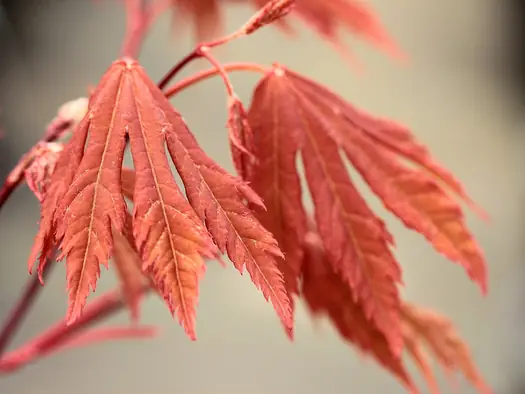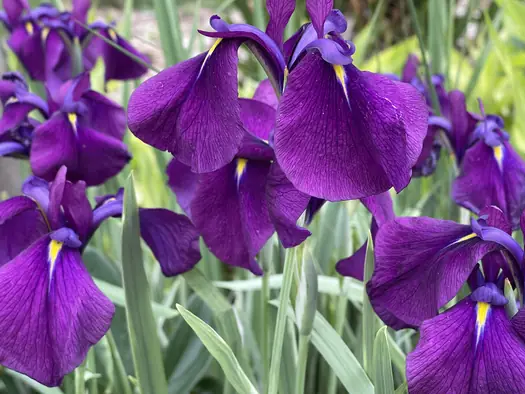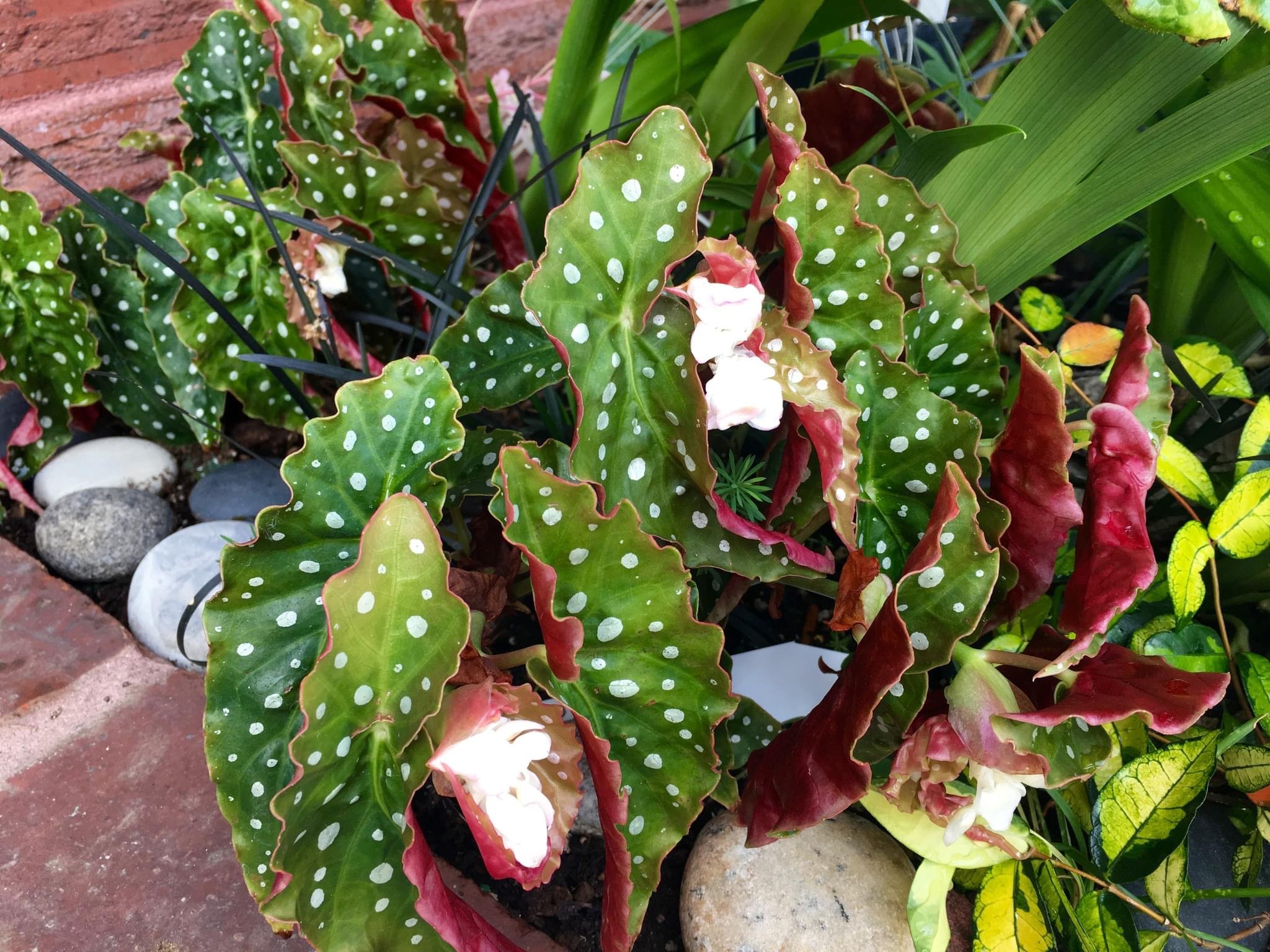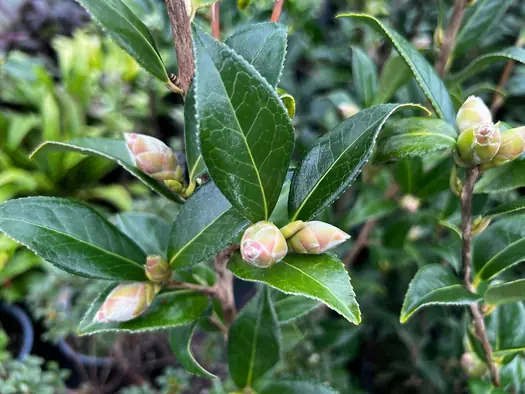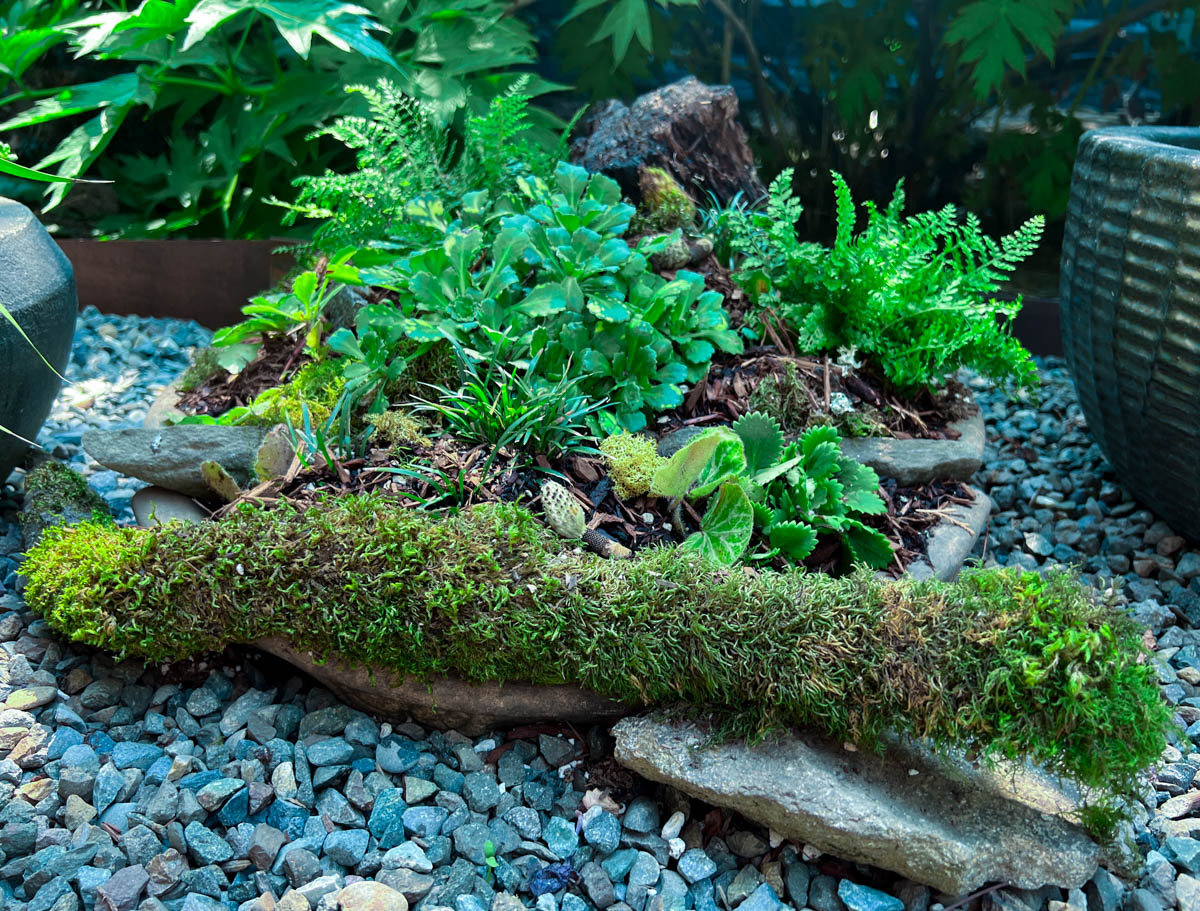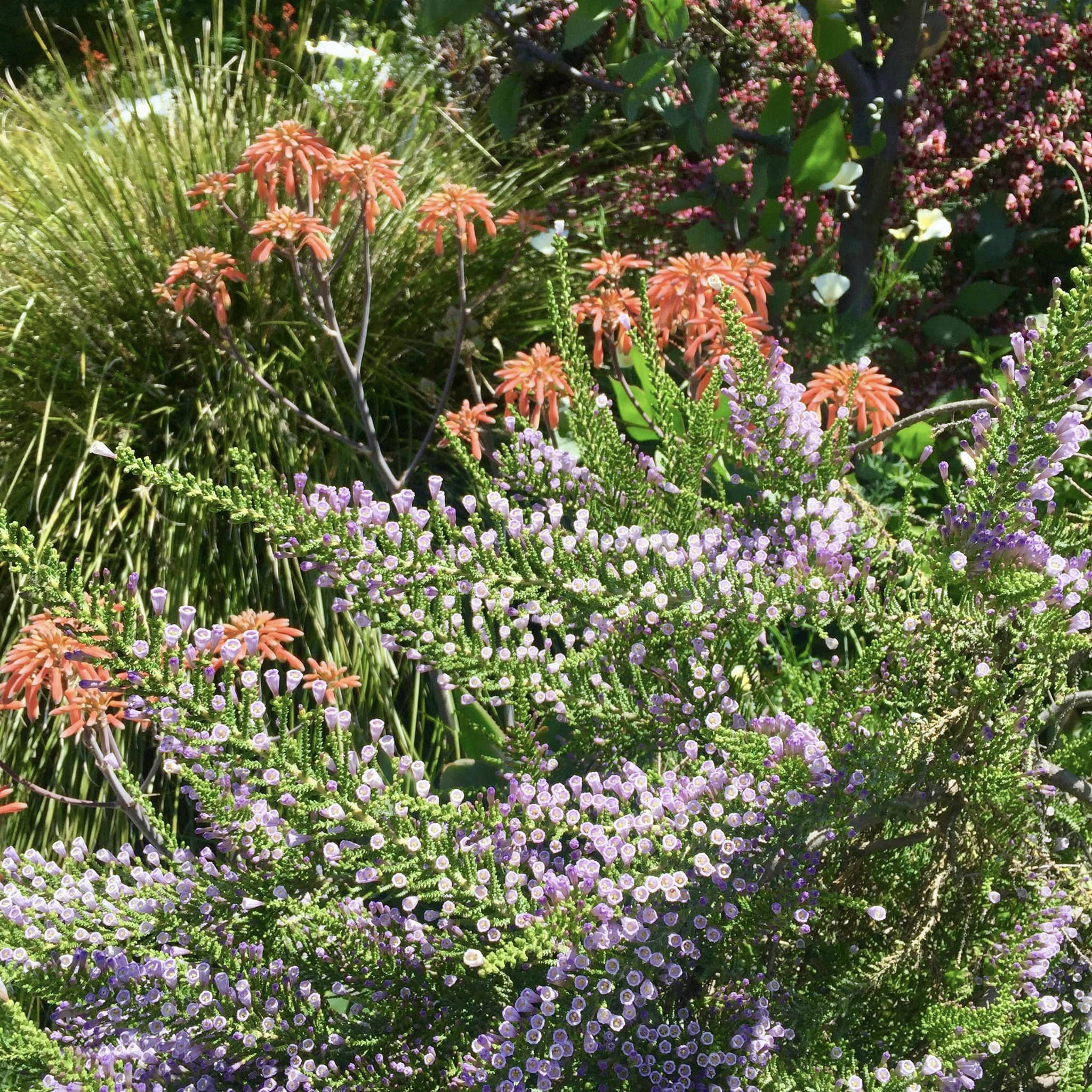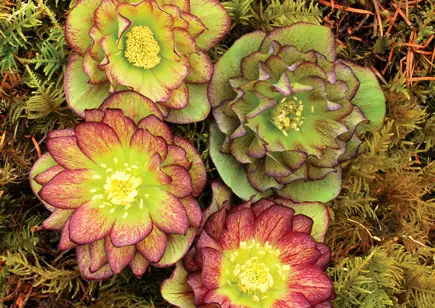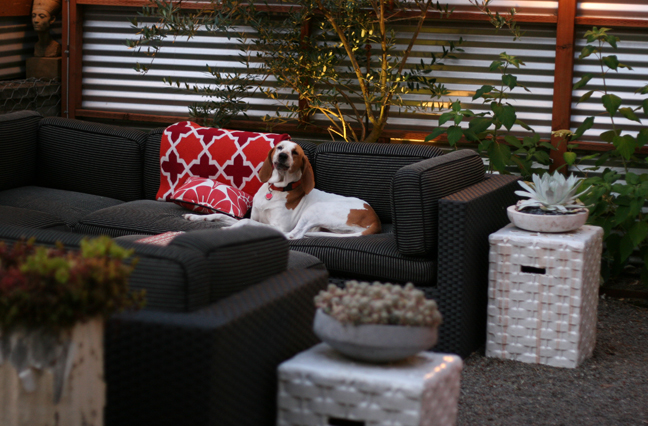Explore lush, dense planting choices inspired by the breathtaking garden that captivated hearts at the 2024 Chelsea Flower Show. Kazuyuki Ishihara, the master of miniature landscapes, once again wove his magic into a small plot, creating a sanctuary that whispers of...
